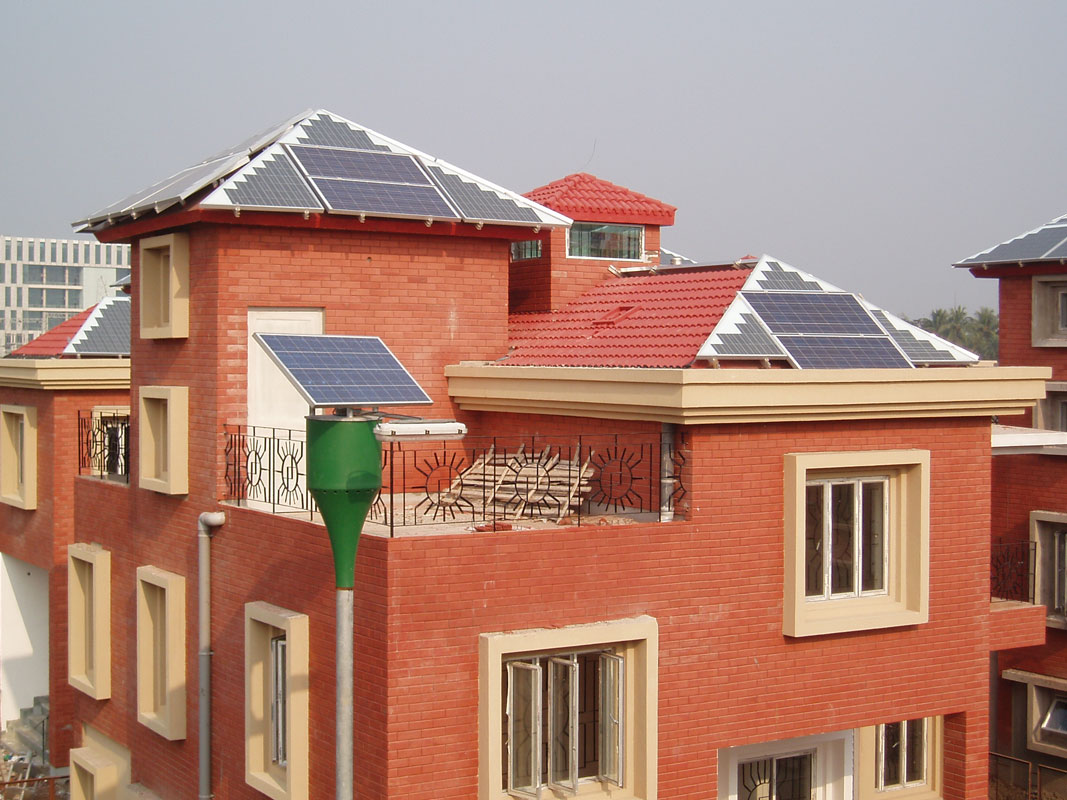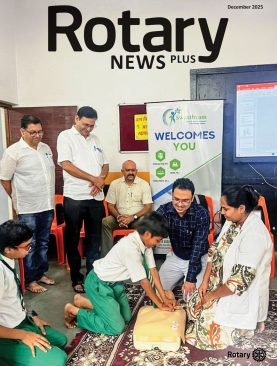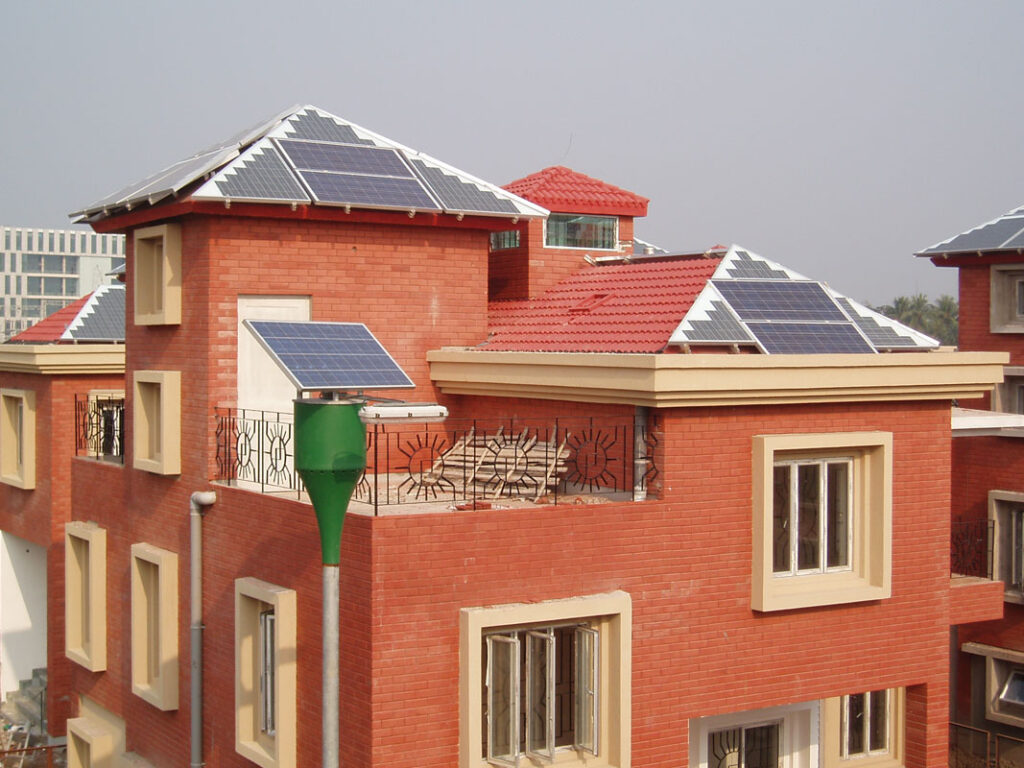Rotary International, in its quest for environmental protection and sustainability of the earth’s resources, has launched a drive to encourage the transition from traditional to renewable energy sources to combat climate change and ensure a sustainable future for the present and future generations.

Towards this end RI’s Environment Sustainability Rotary Action Group (ESRAG) has launched a Million Solar Panels Challenge (MSPC) initiative, in which Rotarians are urged to put up one million solar panels. “When completed, this will save 7.5 million tons of carbon emission. We know that already several Rotary clubs across the world have undertaken solar energy projects, but we do not know the extent of this work done by Rotarians. Hence clubs which have done projects using solar panels and Rotarians who are using solar panels at their business establishments or homes are requested to log in details of the solar panels they have put up,” says Jaideep Malaviya, Director, Renewable Energy, ESRAG, South Asia.
India has made rapid strides in the use of renewable energy, particularly solar energy and currently, globally it ranks third in generating solar power, after China and the US. India generated 113 billion units (BU) of solar power in 2023 compared to Japan’s 110 BU. As plenty of sunlight is available in our tropical clime, the idea of switching over, even if partially, to solar energy is not new in our country.
Malaviya says that many Rotarians in South Asia have already deployed solar panels and appealed to all the Rotarians who had done so — either in club projects, their homes or offices, or through CSR funded initiatives — to log onto www.rotarysolarinitiative.com, and fill in their details in the simple, user-friendly form available there. A QR code is also available to directly access the form. The basic information required is the capacity of the solar energy system installed, number of panels, name and number of the club and RI district and an email id.

This initiative is crucial as it empowers Rotarians to combat climate change, reduce energy costs and collectively offset millions of tonnes of Co2 emissions, thus leading the way to a sustainable future, he says. Appealing to Rotarians in this region to “accept this challenge and put in their highest possible contribution to this initiative to save Planet Earth”, he said that till now details of nearly 25,000 panels put up in South Asia have been collated. “A Rotarian from Salem, S Devarajan of Sambandan Spinning Mills, has made India proud by logging in 10,000 solar panels, which is the highest number of panels from a single Rotarian in the MSPC.”
He is optimistic that this ‘challenge’ will slowly catch up in India and the rest of south Asia. “My goal is to reach all the Rotarians. For example, in my city of Pune, when we started this campaign three years ago, a few Rotarians put up 10kw solar power capacity in their office or factory rooftops… 10kw needs about 25 panels. But it spread rather fast and thereafter many Rotarians started putting up solar panels in their homes and office establishments.”
Underlining the point that using solar power is commercially viable and prudent, he says there is a huge opportunity in using solar energy in operating the pumping systems in agriculture, both in small and large farms. “Instead of diesel, our farmers can, and should, use solar energy as fuel. And they can benefit from the government programme known as the Kusum Solar Panel Yojana, under which farmers get a subsidy upto 60 per cent for setting up solar energy systems.
“This call to action is not just a challenge; it’s an opportunity. Rotary’s fight against polio stands as a monumental achievement in global health. Let’s make history again; this time let us take up this challenge and become a solar hero and help bring carbon emission levels to Zero,” he adds.
Nitty-gritty of the solar challenge
Typically, how solar power generation and storage works is that the power you generate through your solar panels on your roof or campus, is fed into the government’s power grid, which is adjusted against your consumption. If you use more, the net difference is billed to you, and hence the term net metering.
Besides this, ESRAG’s South Asia Renewable Energy director Jaideep Malaviya explains that there are large solar farms/parks that the Indian government is encouraging. After China, and US, India is now the third highest producer of solar power, “and a number of Rotarians have invested in solar farms, some of which are big enough to generate 100mw.”
There are three ways in which a Rotarian can become a solar hero:
* Install solar panels in your home or business.
* Install solar panels for others – family/friends, in individual, club or district capacity.
* Donate to Rotarian solar partners who can deploy solar power for those less fortunate.
Project ideas include setting up solar panels on top of school rooftops, electric vehicle charging points, agriculture pumping, community drinking water, water filtration, tailoring units, chakkis (grain milling), cold storage for milk, vegetables and fruits and storing vaccines.
Maintaining that this initiative meets all the core values of Rotary’s Four Way Test, Malaviya says, “above all, it will be certainly fair and beneficial to all. Every solar panel installed is a step towards a brighter, healthier planet for everyone. With every watt of solar power, we’re not just saving money; we’re investing in a livable world for future generations.”






